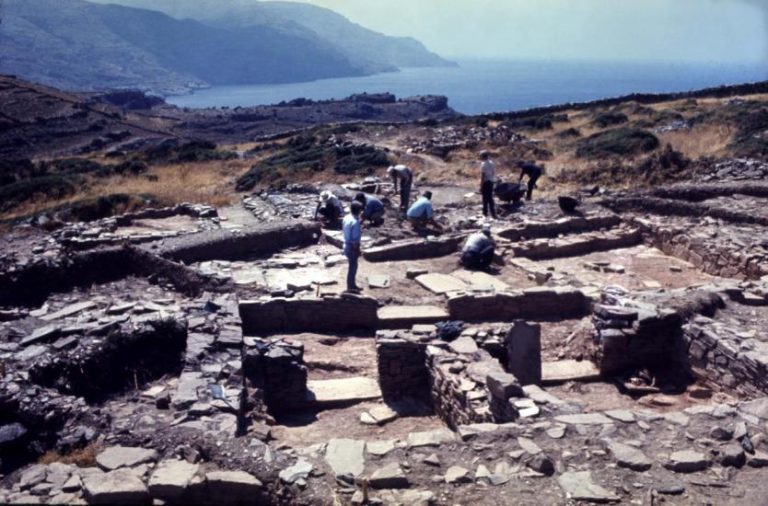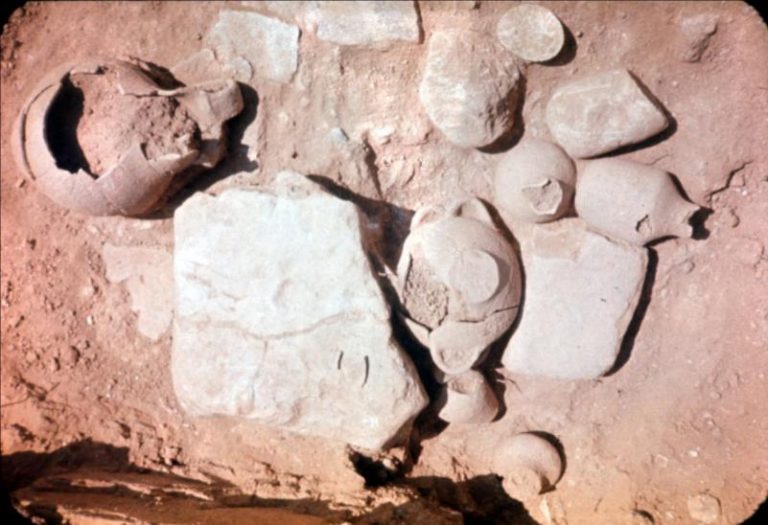About archaeology
The word ‘archaeology’ comes from the Greek: ‘archaeo’ meaning ‘ancient’ and ‘logos’ meaning ‘study’ – so it means the study of ancient things.
Archaeologists use many methods to learn about our past, including excavations, often called ‘digs’.
Strictly speaking, ‘history’ means the study of what has been written down in the past, although many people use the term more broadly to mean knowledge about our past generally. ‘Prehistory’ means the study of human life before the written record (99% of human history) – which requires archaeological methods.
However, archaeology can also be used to complement our understanding of our human past since the development of writing. In some cases it may provide clearer evidence of how life was lived than the remaining written record – in the same way as physical evidence is used in addition to the written record and personal testimony in our courts of law to try to reveal the truth.
An archaeologist studies the material culture of a past society. Material culture relates to the physical and concrete objects such as house-types, pottery and metalwork that help us to understand the practices of former societies. Material culture study helps us to understand the values, ideas, attitudes and assumptions of a particular community or society over time. Objects that have been manufactured or altered by humans reflect the belief patterns of the society being studied. Material objects also have the power to tell us about the scientific and technological developments of the time when they were made and used.
Archaeologists use a variety of tools and methods to try to understand our past. Only a small part of an archaeologist’s time is actually spent on a dig. Much more time is spent preparing for the dig, and, afterwards, analysing the finds, doing further research into the finds, undertaking conservation, publishing findings, etc. We hope this website gives you a sense of what it is like to be involved in an archaeological project.

